THE MINERAL ELBAITE
Like:
Share:
Elbaite belongs to the group of minerals known as the Tourmalines. It is the most colorful member of this group. Elbaite is often cut as a gemstone, sliced into colorful cross-sections or simply appreciated as natural specimens by millions of rock collectors. The many varied colors of Elbaite make it arguably the most colorful of the precious stones. Elbaite contains many variety names based on color. A beautiful blue variety is called indicolite (also known as indigolite), the pink to red variety is called rubellite, the green variety is known as verdelite, while the most famous variety is a pink and green combination called watermelon tourmaline. Often a specimen can have more than one color zone in the same crystal. These zones can alternate in color from the inside to the outside or from the top to bottom. Elbaite is strongly pleochroic which means that a transparent crystal will appear darker when viewed down the long axis of the crystal. A green or blue Elbaite can appear black when viewed from such an angle. PHYSICAL CHARACTERISTICS:
For Tourmaline Jewelry, see -->
|
 Amethyst Galleries' Mineral Gallery MINERALS |
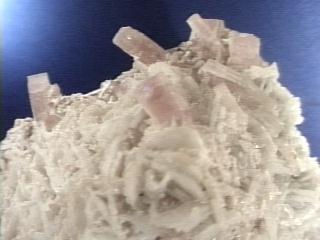
$ 220.00

elb-1 ($220.00)
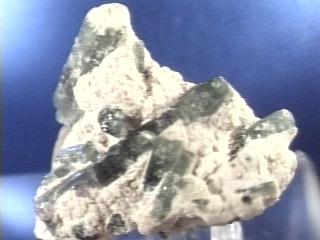
$ 195.00

elb-2 ($195.00)
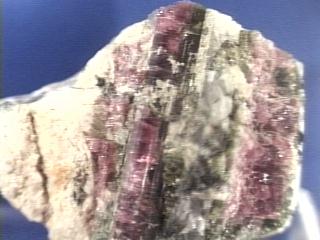
$ 55.00

elb-3 ($ 55.00)
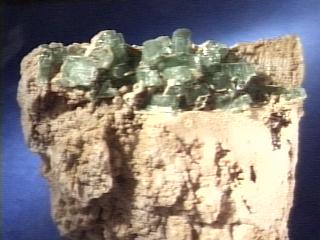
$ 300.00
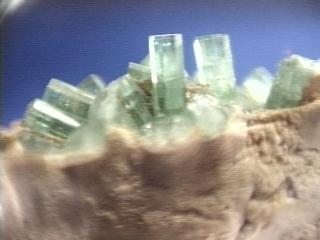

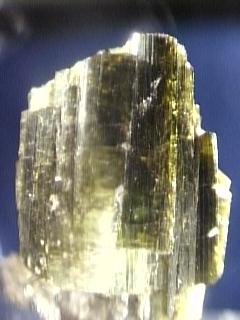
$ 30.00

elb-4 ($ 30.00)
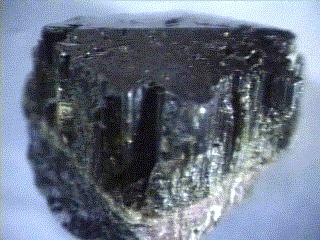
$ 50.00

elb-6 ($ 50.00)
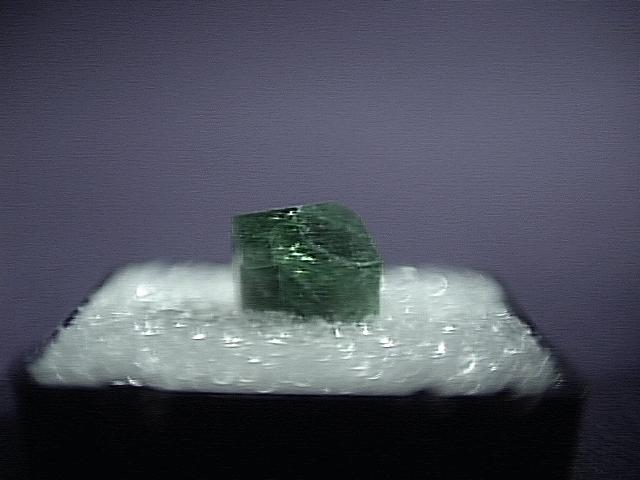
$ 65.00

elb-7 ($ 65.00)
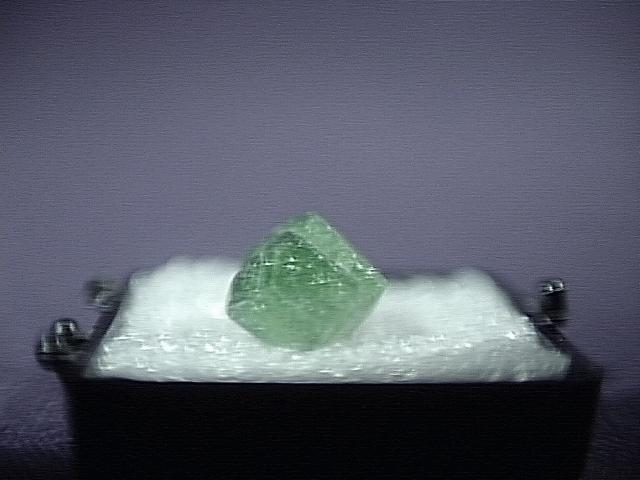
$ 85.00

elb-8 ($ 85.00)
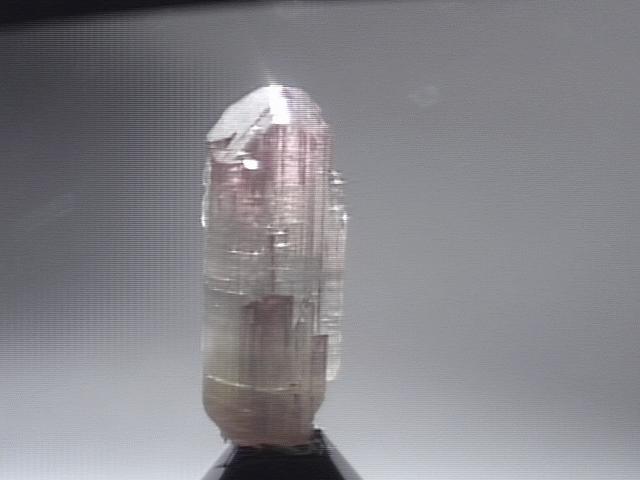
$ 53.00

elb-9 ($ 53.00)
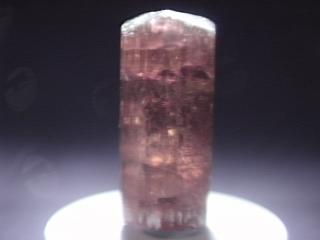
$ 84.00

elb-10 ($ 84.00)
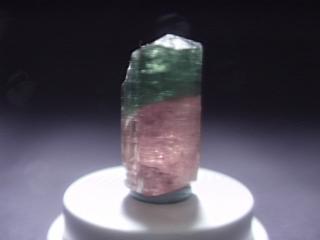
$ 32.00

elb-11 ($ 32.00)
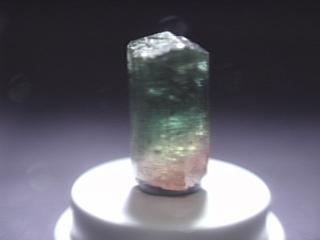
$ 32.00
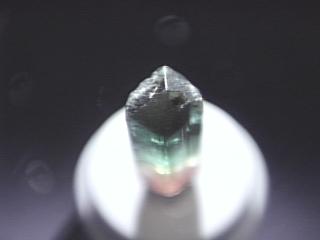

elb-12 ($ 32.00)
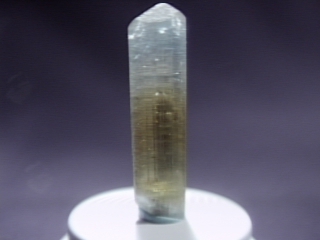
$ 35.00

elb-13 ($ 35.00)
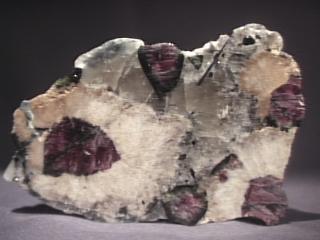
$ 195.00

elb-14 ($195.00)
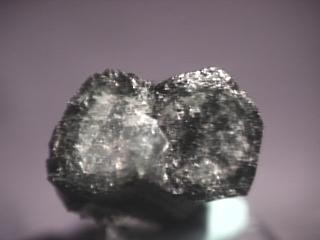
$ 21.00
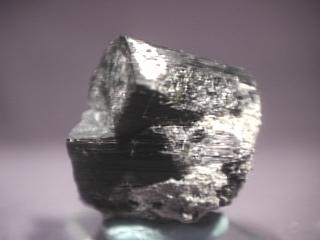

elb-15 ($ 21.00)
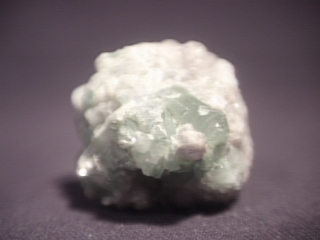
$ 22.00
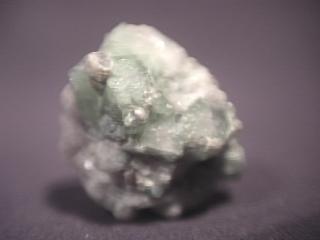

elb-16 ($ 22.00)
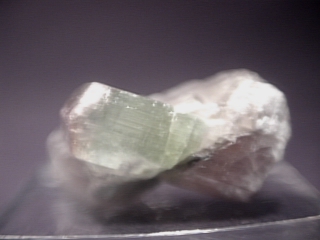
$ 80.00
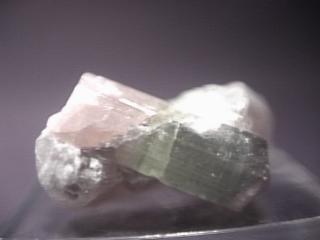

elb-21 ($ 80.00)
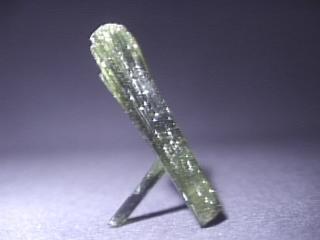
$ 95.00

elb-22 ($ 95.00)
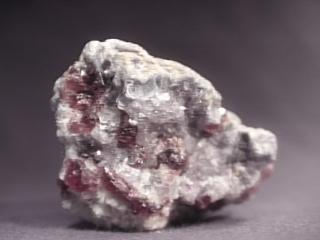
$ 50.00
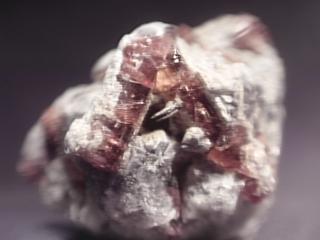

elb-23 ($ 50.00)
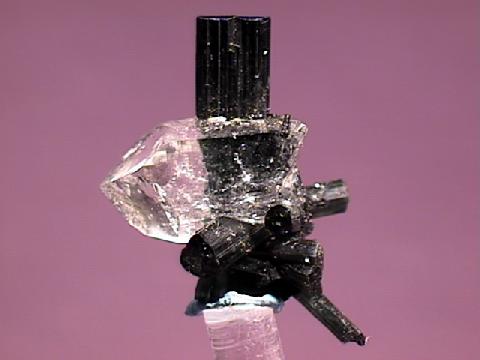
$ 48.00

elb-24 ($ 48.00)
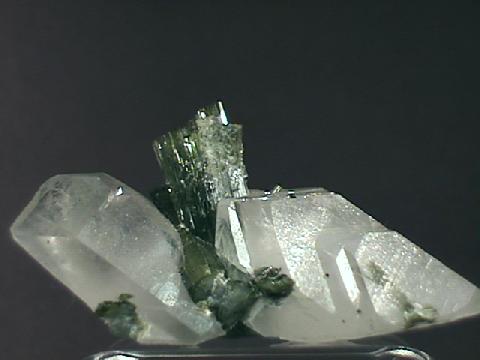
$ 120.00
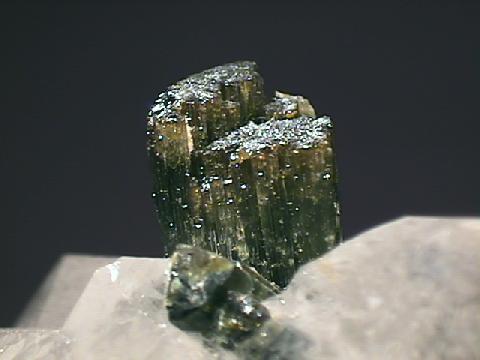

elb-25 ($120.00)
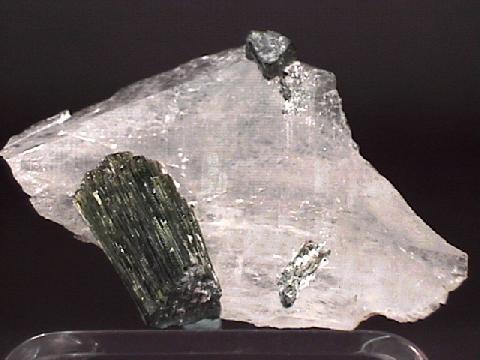
$ 65.00
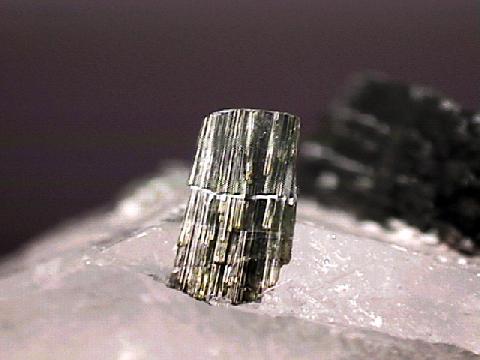

elb-26 ($ 65.00)
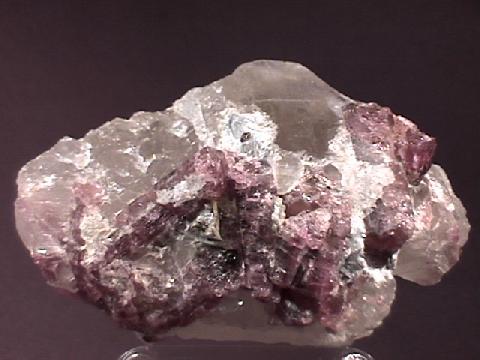
$ 70.00
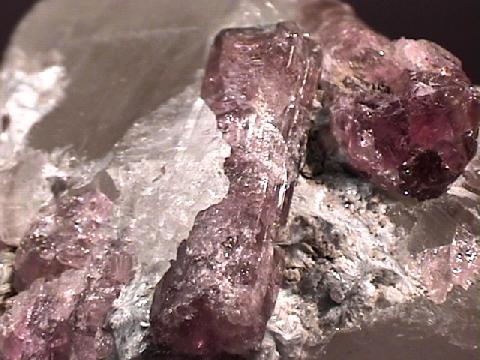

elb-27 ($ 70.00)
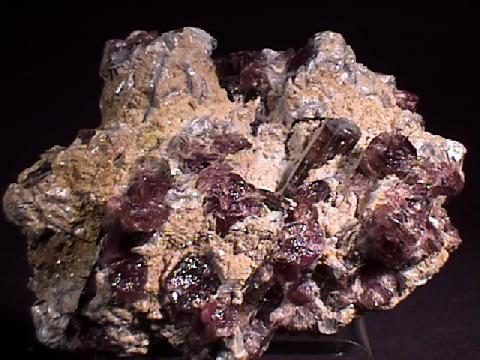
$ 80.00
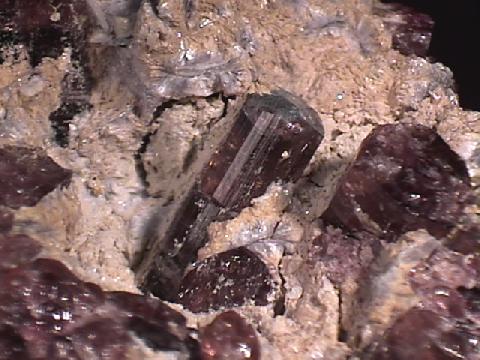

elb-28 ($ 80.00)
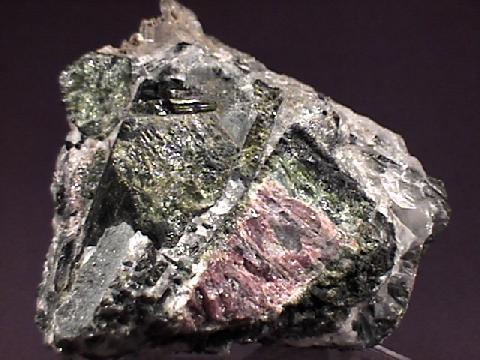
$ 225.00
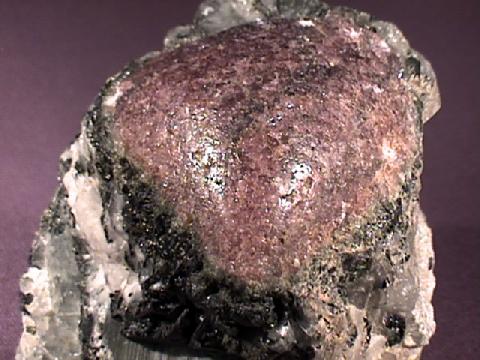

elb-29 ($225.00)
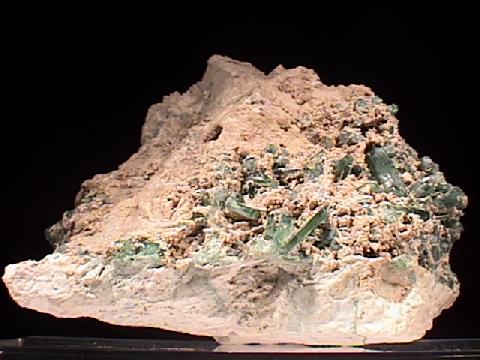
$ 325.00
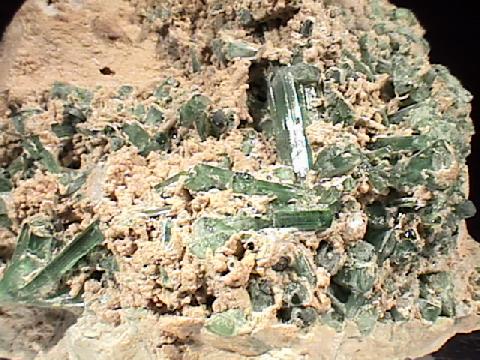

elb-30 ($325.00)

$ 190.00
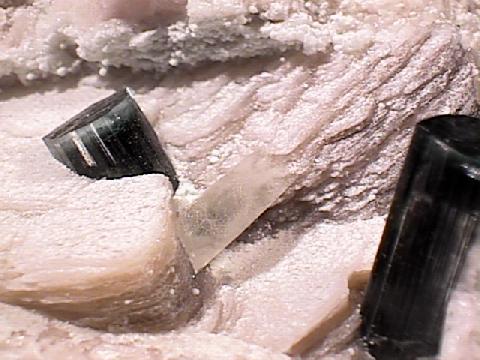

elb-31 ($190.00)
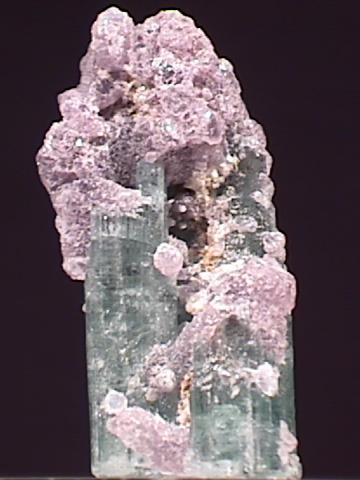
$ 25.00

elb-32 ($ 25.00)
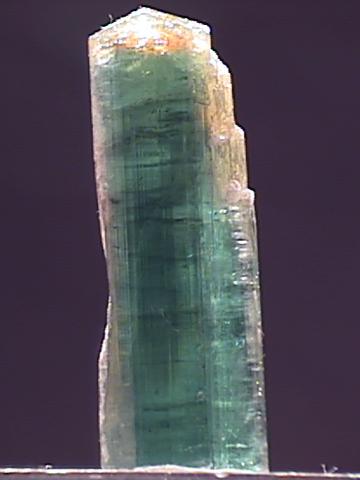
$ 36.00

elb-33 ($ 36.00)
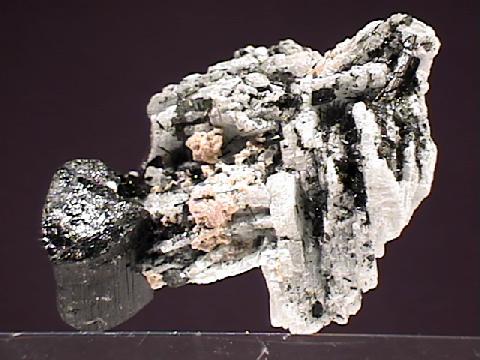
$ 25.00

elb-34 ($ 25.00)
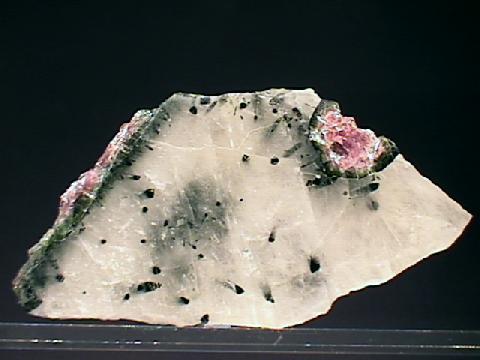
$ 28.00

elb-35 ($ 28.00)
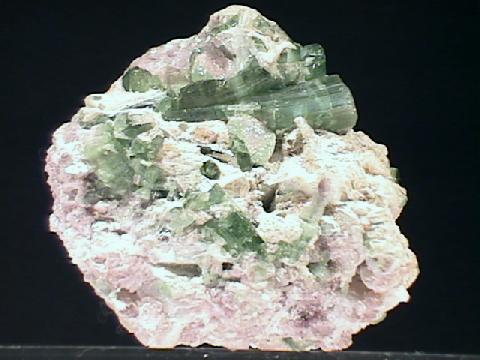
$ 65.00

elb-36 ($ 65.00)
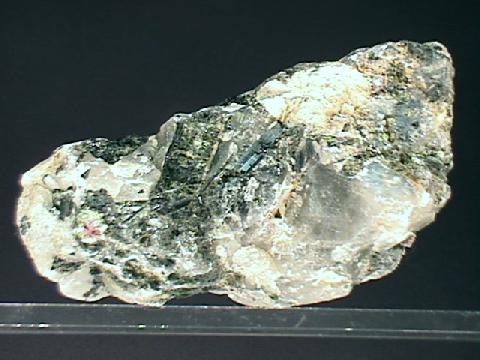
$ 28.00

elb-38 ($ 28.00)
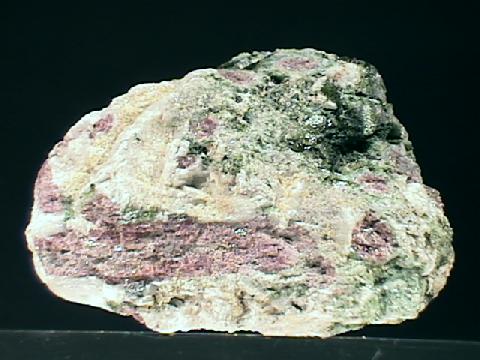
$ 25.00

elb-39 ($ 25.00)
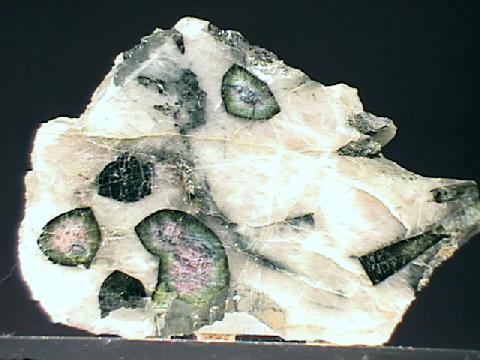
$ 35.00

elb-40 ($ 35.00)
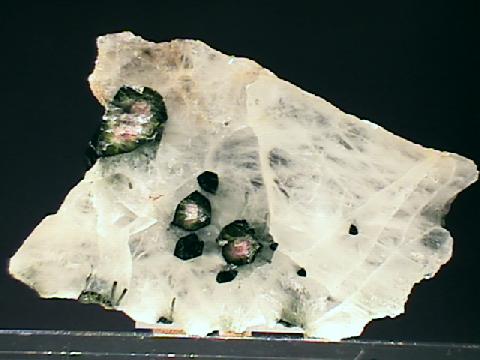
$ 32.00

elb-41 ($ 32.00)
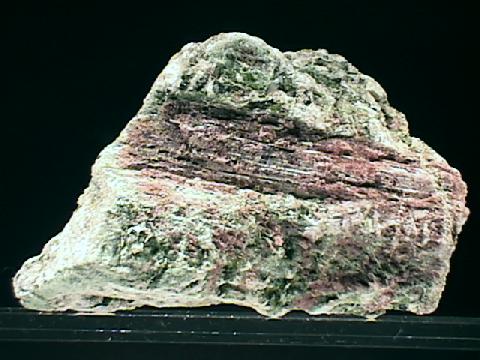
$ 36.00

elb-42 ($ 36.00)
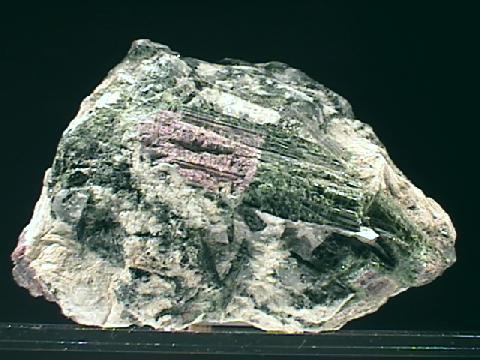
$ 100.00
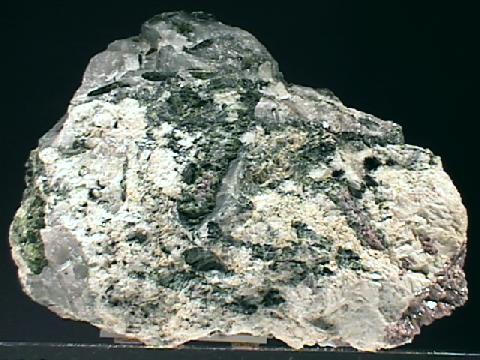

elb-43 ($100.00)
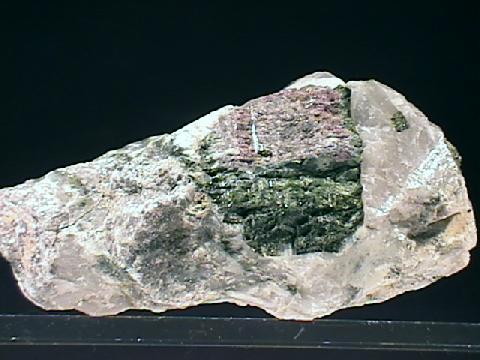
$ 36.00

elb-44 ($ 36.00)
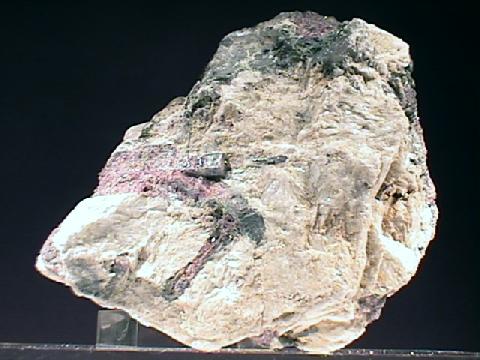
$ 50.00
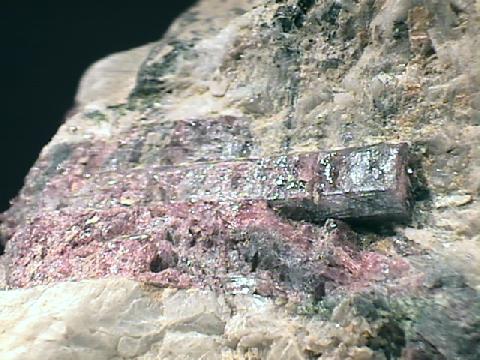

elb-45 ($ 50.00)
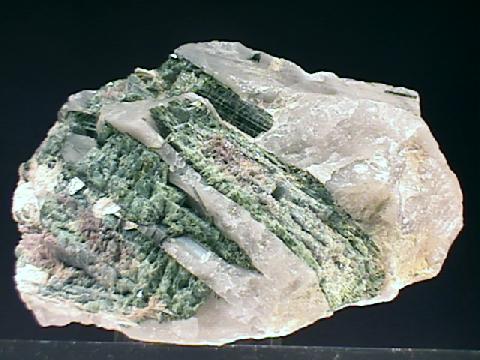
$ 75.00
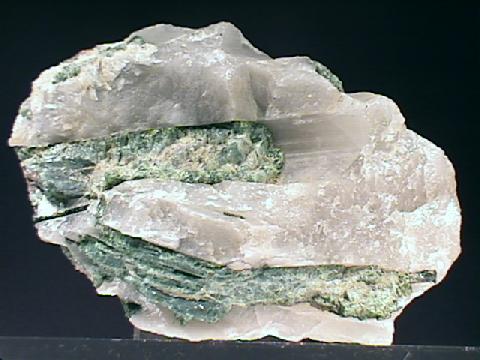

elb-46 ($ 75.00)
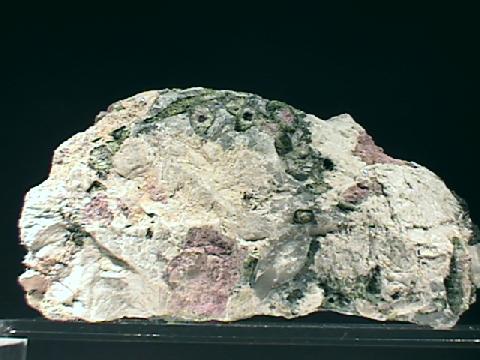
$ 85.00
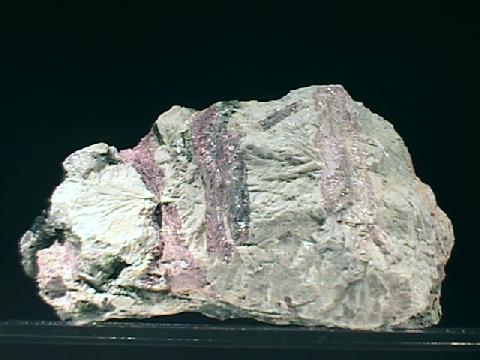

elb-47 ($ 85.00)
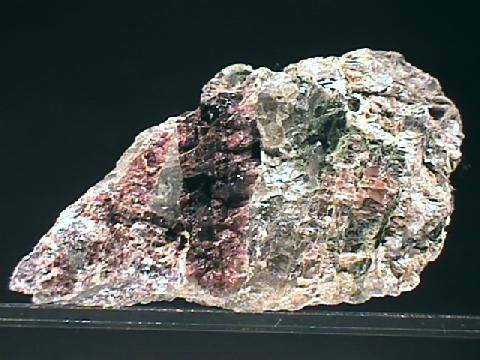
$ 80.00

elb-48 ($ 80.00)
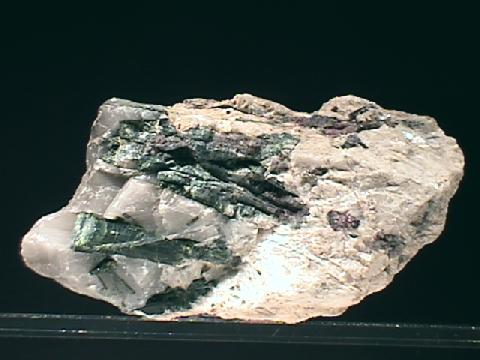
$ 75.00
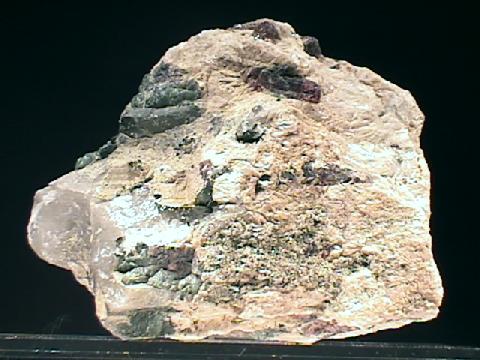

elb-49 ($ 75.00)
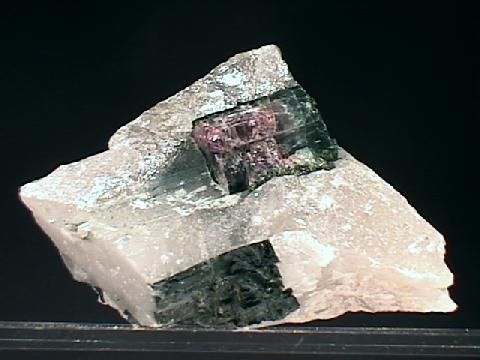
$ 55.00

elb-50 ($ 55.00)
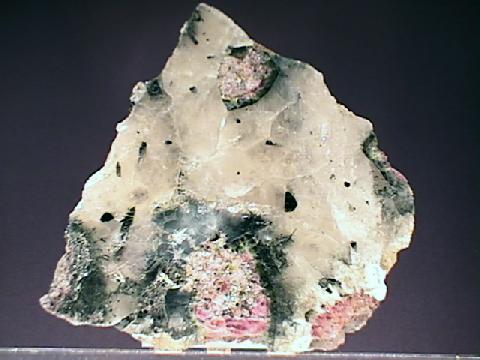
$ 70.00

elb-51 ($ 70.00)
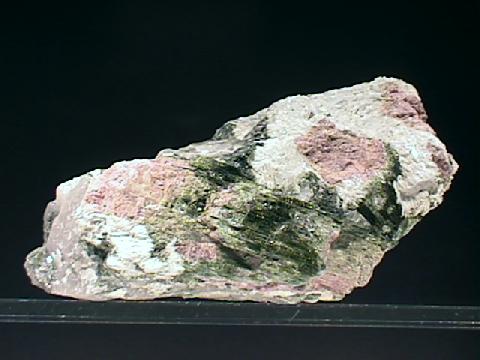
$ 40.00

elb-52 ($ 40.00)
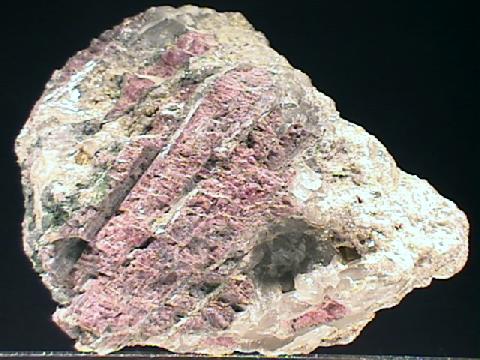
$ 40.00

elb-53 ($ 40.00)
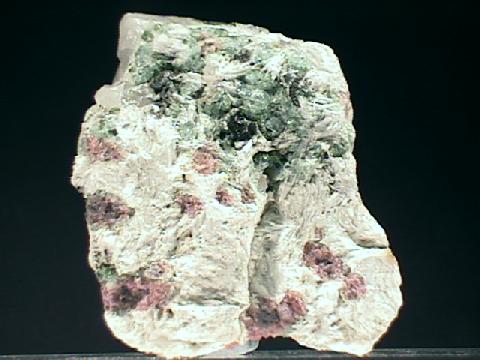
$ 36.00

elb-54 ($ 36.00)
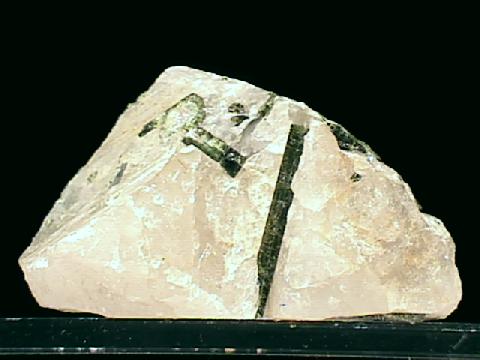
$ 30.00
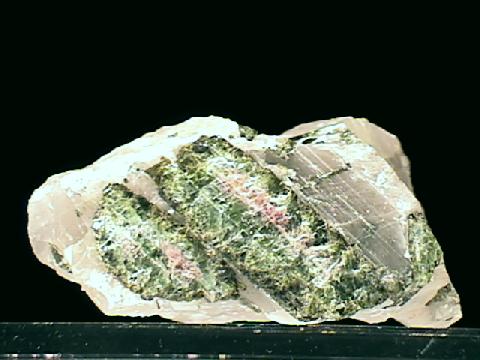

elb-55 ($ 30.00)
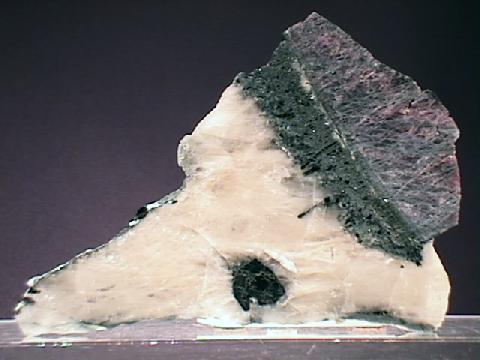
$ 53.00

elb-56 ($ 53.00)
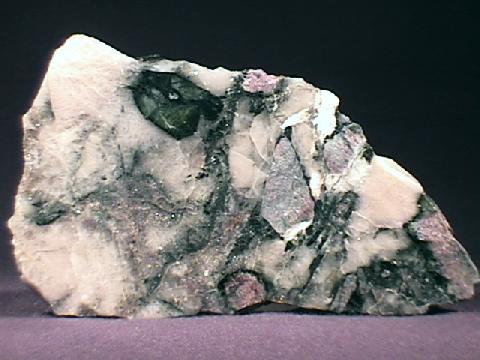
$ 60.00

elb-57 ($ 60.00)
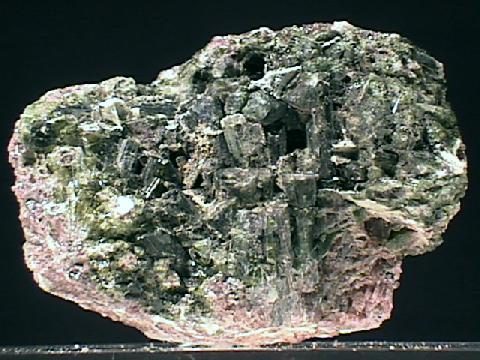
$ 50.00
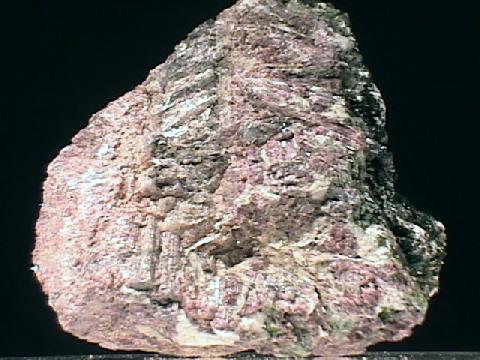

elb-58 ($ 50.00)
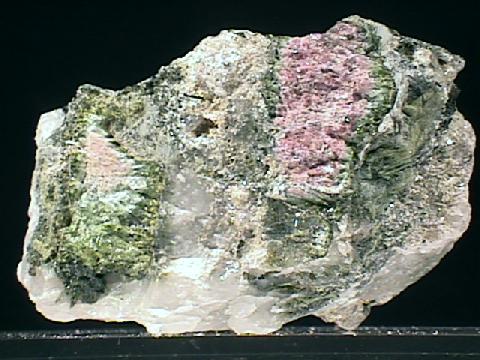
$ 40.00

elb-59 ($ 40.00)
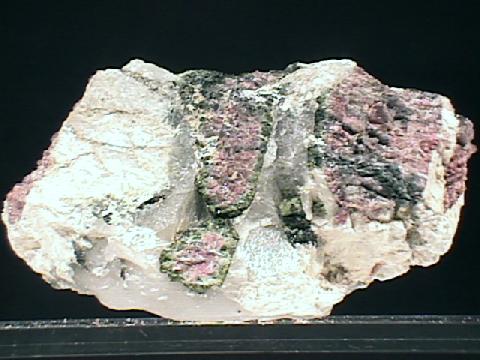
$ 40.00

elb-60 ($ 40.00)
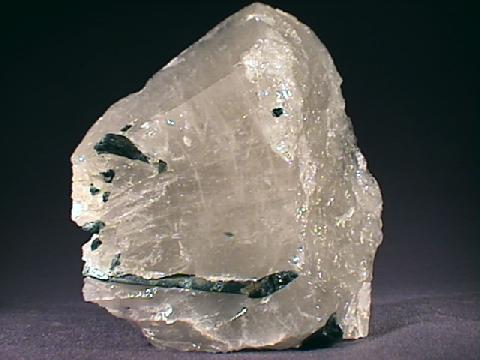
$ 40.00

elb-61 ($ 40.00)
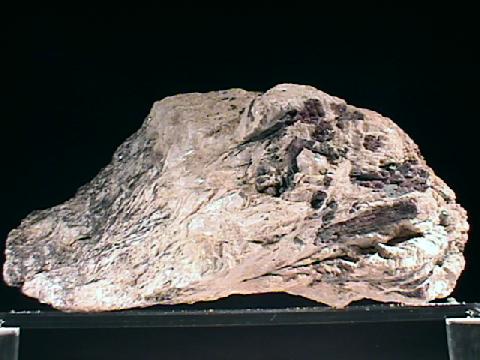
$ 120.00

elb-62 ($120.00)
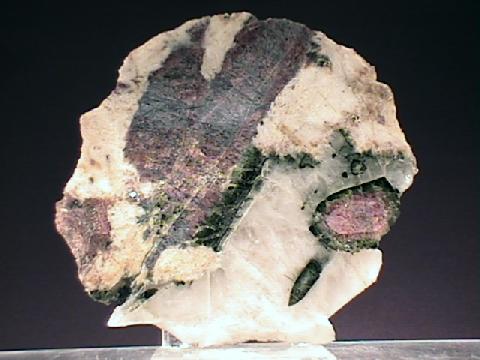
$ 28.00

elb-63 ($ 28.00)
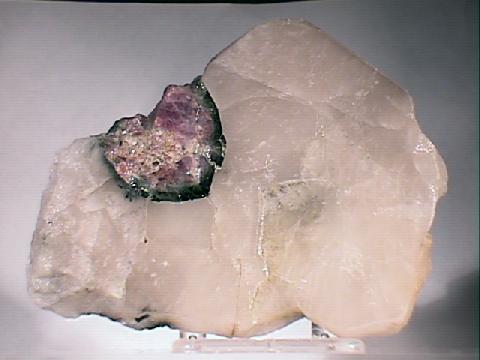
$ 50.00

elb-64 ($ 50.00)
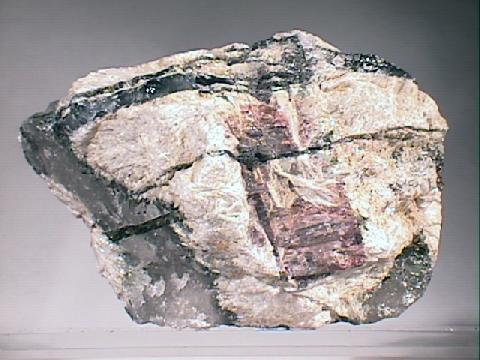
$ 28.00

elb-65 ($ 28.00)
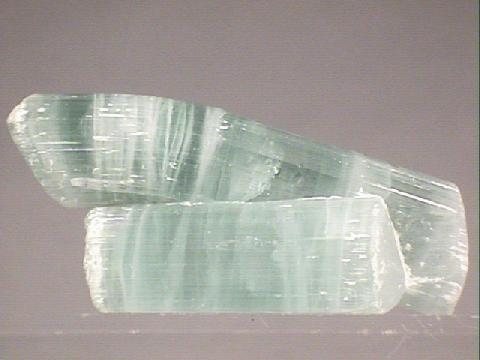
$ 190.00
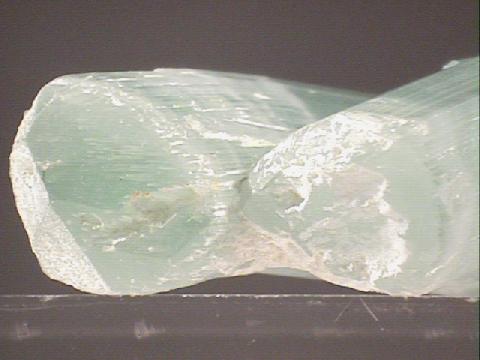

elb-66x ($190.00)
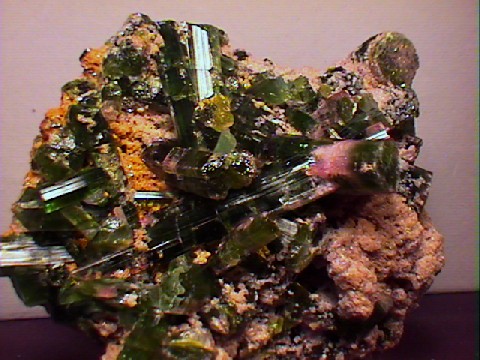
$ 630.00
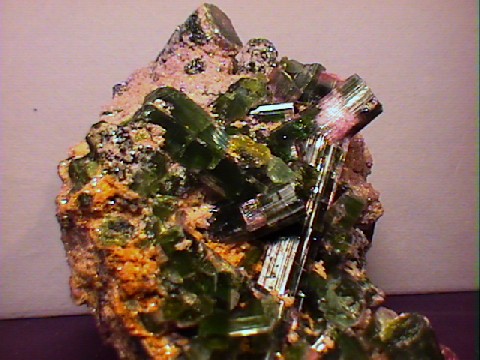

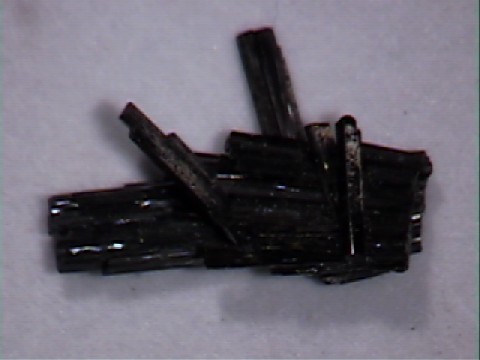
$ 25.00

elb-67 ($ 25.00)
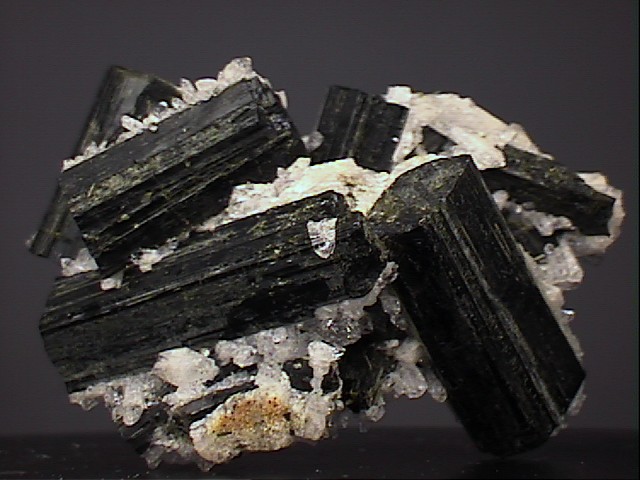
$ 25.00
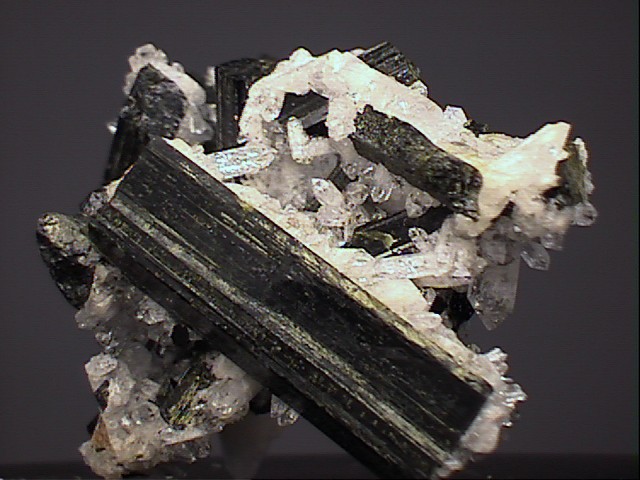

elb-68 ($ 25.00)

$ 100.00









